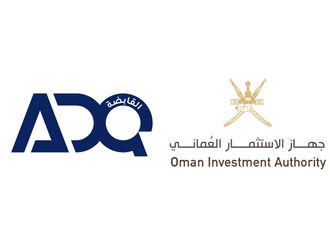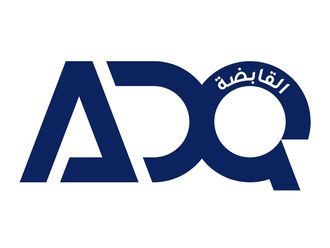Singapore
The rally in Asia’s local-currency bonds still has juice and the strength in the region’s currencies will support further gains by countering the impact of tighter monetary policies.
That’s the message from Ng Kheng Siang, Singapore-based Asia Pacific head of fixed income at State Street Global Advisors. The firm, which has $2.7 trillion in assets, prefers bonds of Malaysia, Thailand and Indonesia, and China, with its deleveraging efforts and the potential to be included in a major bond index, is a longer term play.
“The monetary policy tightening, while it would provide a bit of upward pressure on bond yields, will not create a major bond-market weakness,” Ng said in a phone interview. “With that context, plus that the Asian currencies will continue to do well, the overall total return will still be considered pretty attractive.”
A Bloomberg Barclays index of Asian government notes returned 13 per cent in 2017 — the best annual gain in seven years — aided by interest-rate cuts and currency appreciation. The securities remained resilient even after the Bank of Korea in November fired the first salvo in the region by raising the policy rate. Malaysia, South Korea and the Philippines are among those forecast to tighten policy this year amid an upswing in global growth and prospects for the US Federal Reserve to further normalise its interest rate.
“A lot of central banks in Asia are trying to remove the easy monetary policy stance they’ve had, to try to be ahead of the curve if there’s some inflation uptick,” Ng said.
A gauge of Asian currencies extended gains this year, reaching its highest level since July 2015 earlier this week amid optimism the region’s export-driven economies will benefit from the worldwide expansion. The advance against the dollar was led by Malaysian ringgit at 2.7 per cent, followed by the Thai baht at 2.2 per cent and Indonesian rupiah at 1.8 per cent.
Portfolio inflows into emerging markets reached $17.7 billion for the week ending January 12, the strongest start to any year since 2012, according to a report from Credit Agricole SA, citing its in-house indices.
“After a very strong year last year, we continue to see investor inflows into the EM assets in general,” Ng said. “In Asia, fundamentals are still relatively strong.”
China’s 10-year bond yield at close to 4 per cent is “quite attractive,” and the yuan at above 6.50 per dollar would be a “strategic level” for investors to come in, he said.
“If you look across Asian markets, not that many countries with China’s rating and size of the economy have that level of yield,” he said. “In fact, Chinese bond yields are yielding higher than Malaysia’s.”
China is rated A1 by Moody’s Investors Service, the fifth-highest investment grade and compares with Malaysia’s A3, two notches below.











